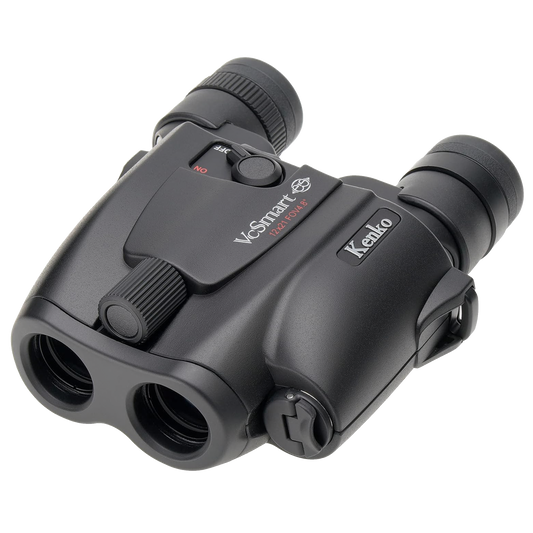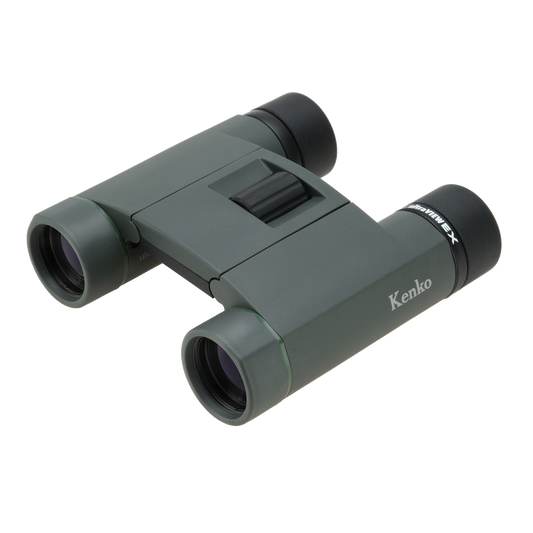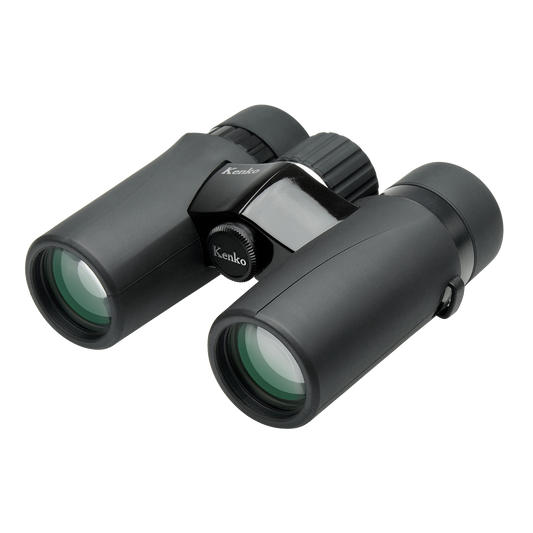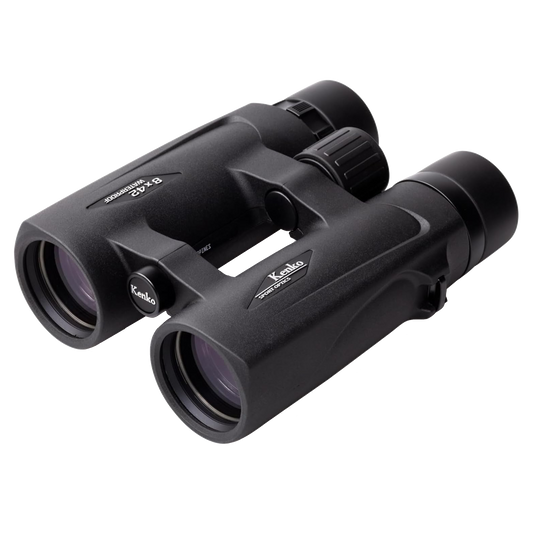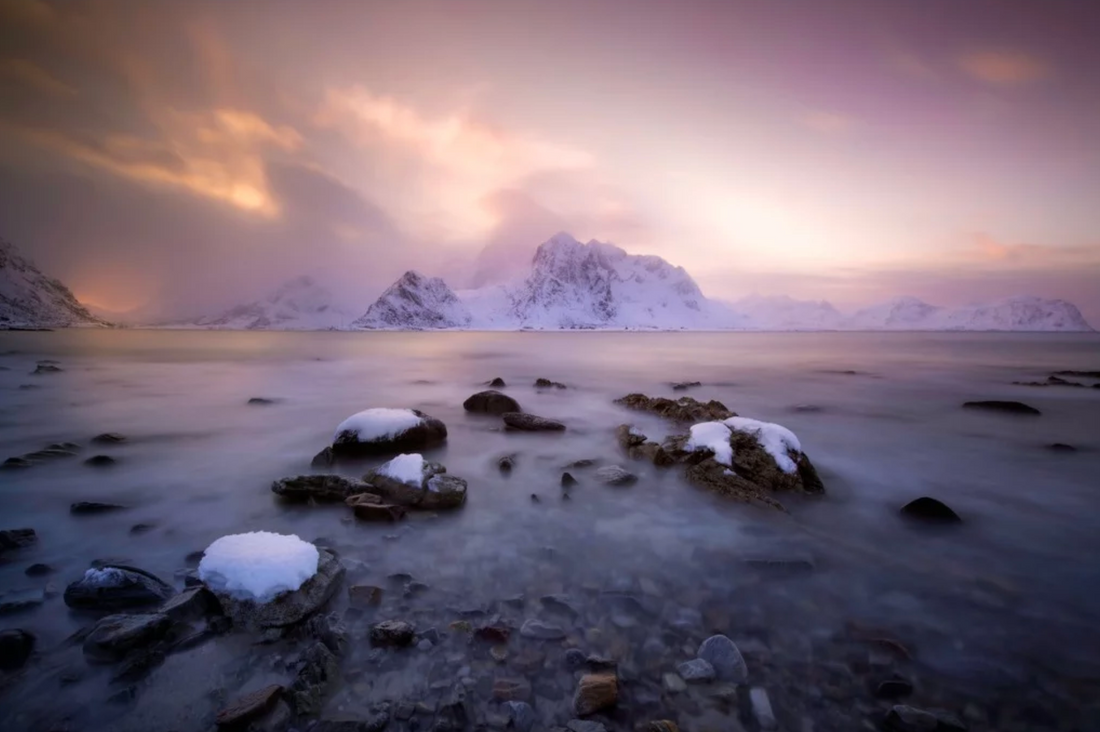
Ultra-Long-Exposure Photography Tips
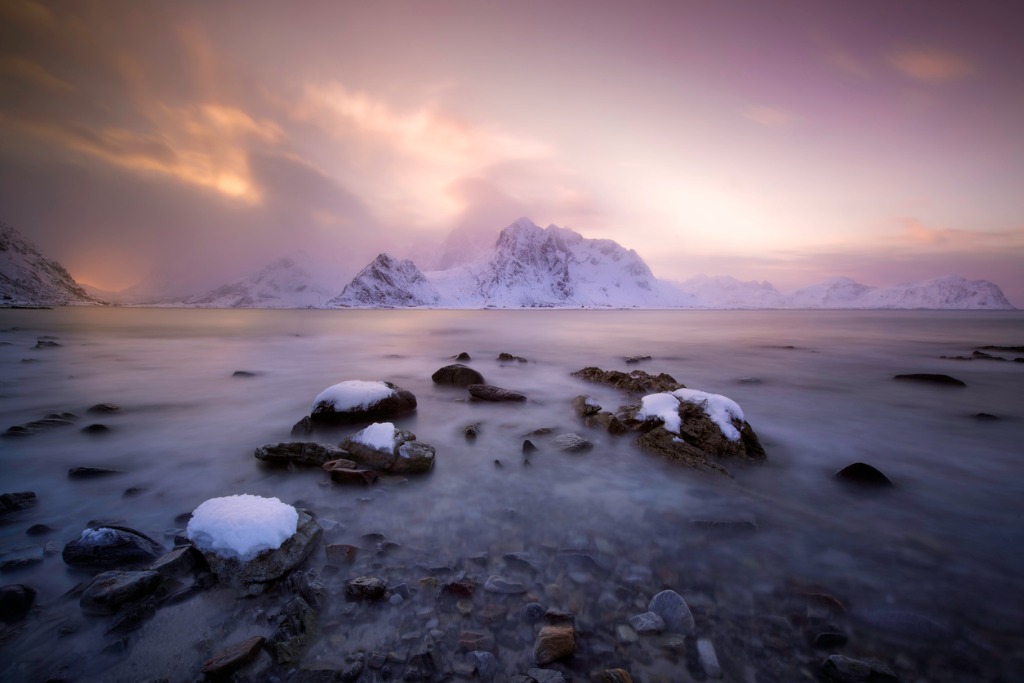
photo by inigofotografiavia iStock
The Exposure Triangle shows us that there are 3 things we can change in our camera settings in order to achieve proper exposure for the light conditions in our intended scene. The combination of these 3 variables are changed in response to the Exposure Value of the scene.
Long exposure photography still uses the Exposure Triangle and Exposure Values in order to capture a workable and viewable image. Have fun with these ultra long exposure tips which will allow you to make outstanding images.
Table of Contents
- What is Exposure Value (EV)?
- When To Use Longer Shutter Speeds
- The Problem and the Solution for Ultra-Long-Exposure Photography
- Neutral Density (ND) Filters to the Rescue!
- Ultra-Long-Exposure Tips
- How Slow Can You Go?
What is Exposure Value (EV)?

photo by audriusmerfeldas via iStock
Exposure value can be defined in two ways, both of them being a correct definition and both definitions being related to each other. The brightness of a scene determines what the exposure value is, and the resulting settings are also called the EV.
What this means for you as a photographer is that there are any number of combinations of camera settings for any scene brightness level. This remains true for long exposure photography as well as general photography.
If we say that a common EV of a daytime scene is EV +15, the resulting camera settings for proper exposure could be ISO 200, 1/250th, and f/16. However, we could change up the settings in order to achieve the same exposure. So, 1/1000th at f/5.6 could work with ISO 100, and so could 1/30th and f/22 at ISO 50.
Therefore, what you see is that you could slow down shutter speeds for any given scene brightness by adjusting ISO and aperture to match the scene’s EV.
Recommended Long Exposure Books:
- Mastering Long Exposure: The Definitive Guide for Photographers
- Getting Started: Long Exposure Astrophotography
When To Use Longer Shutter Speeds

photo by tunart via iStock
There are many occasions when using longer (or slower) shutter speeds will create an image that you want to capture and share.
Adding a sense of motion to action is one situation that benefits from a slower shutter speed. Instead of trying to freeze movement with a fast shutter speed, we slow down our speed and trip the shutter while panning with the action. This creates an interesting blur effect which says “motion” to viewers.

Photo by Luca Micheli on Unsplash
Another situation is also related to motion, and that’s water or cloud blur. Those images with a soft stream of blurred water or streaking clouds are made with long exposure photography. Sometimes the shutter speed is measured in multiple seconds in order to get the desired result.
One more photographic situation which benefits when given the long exposure photography treatment is when you want to ghost out people wandering into your framed view of popular attraction. What does this mean?

photo by tzahiV via iStock
Well, let’s say you’re in New York City and you want a picture of the Lions in front of the New York Public Library, but you don’t want a lot of people in the view. You could get creative in framing the shot, moving around to capture just the right angle that eliminates passers by.
As an alternative, you could frame up the view of the NYPL that you really want and then use a shutter speed that is so extremely long that anyone walking by won’t register in the image file. That’s a nifty trick! This technique has actually been in use since Louis Dagguerre invented his signature innovation in the 1830s.
Digital photography gives us an additional way to accomplish ghosting, but it requires some post-processing after the fact. It involves a specific way to use photographic stitching. Maybe we can examine that idea some time later because it’s not really long exposure photography.
Learn More:
- 4 Easy Landscape Photography Tips You Need to Know
- 5 Landscape Photography Tips for Vastly Improved Photos
The Problem and the Solution for Ultra-Long-Exposure Photography

Photo by Liam Arning on Unsplash
What we see happening is that the desired long shutter speed may not be available to us due to the actual EV or brightness of the scene in front of our lens.
Go back up to the paragraph with some exposure setting combinations and try to figure out how to get a shutter speed measured in multiple seconds instead of fractions. You can’t. Because most of the equipment we have available does not offer an ISO low enough or an f-stop small enough to increase the length of the shutter speed by enough to matter.
None of my cameras have an ISO below 50, or lenses with a minimum aperture of f/128. In the earlier example, we would need an ISO of 12 and an aperture of f/128 just to get to one full second shutter speed.
What do we do? What we do is change the exposure value of the scene in front of our lens. I have not found the Solar Dimmer Switch yet, so some sort of density needs to come between the scene and the front of the lens.
The long exposure photography gear we’re looking for is a neutral density filter. You can think of it this way: the density of the filter reduces the EV reaching the lens. Neutral refers to there being no color cast to the filter.
Neutral Density (ND) Filters to the Rescue!

In order to get exposure times measuring in multiple seconds or minutes, we need quite a lot of density. A 2X (1 stop) or 8X (3 stop) is a good start, but there are even darker alternatives for our long exposure photography gear.
We have options available that are over 10 stops of density. The Kenko Pro ND 100000 is a full 16 ½ stops of neutral density! Remember that our exposure settings are figured with a base 2 logarithmic scale, so you halving and doubling with every full stop of change
Using the previous EV and settings, that creates a possible exposure of 3072 seconds, or over 50 minutes! What could you do with an exposure time measured in full minutes?
Ultra-Long-Exposure Tips

Photo by KAL VISUALS on Unsplash
Ultra long exposure creates some issues of its own. One of the primary issues is camera stability.
Besides needing a camera mount of some type, either tripods or specialty mounts, you need to be sure that the mount is very secure. Wind vibration is a common problem. A lot can happen in several minutes.
Using a remote shutter release is a good idea. There are several excellent wireless remote controls that can come in handy for ultra long exposure photography.
SInce our sensors are electronic, heat can become a problem as well. That’s because keeping the power on to anything electrical causes heat build up. Like Scotty told (will tell?) Kirk, “I canna change the laws of physics!”

photo by aowbsx via iStock
Physical heat in our imaging system degrades our image with electronic noise. Noise is similar to super fast film graininess. Might look cool for some special effect idea, but it doesn’t improve the look of most of our images.
Keeping the camera body itself out of direct sunlight will help. You don’t want to obscure the lens in any way, but a shade over the camera body can keep temperatures lower.
And then there’s the very obscure issue of reciprocity failure. This applies primarily towards film, but there are some aspects of it we may need to consider for our digital imaging. A thorough reading of our instruction manual or a google search of our specific camera will provide what we may need to know.
One more tip is specific to the square ND filters and their holders. Make sure your filter mount gasket is in good shape to guard against light leaking in behind the filter. You’ll see it right away if it isn’t tight enough.
How Slow Can You Go?

Photo by William Bayreuther on Unsplash
Whenever considering photographic extremes, you pretty much have to start experimenting with your own equipment. Take good notes of what you are doing and all the variables involved.
Using ultra long exposure photography gear like ND filters, camera mounts, and sunshades, you can capture amazing images in any scene brightness level.
Originally posted on PhotographyTalk.com.

